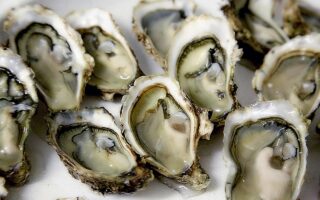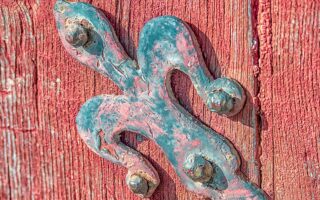Energy Efficient homes in France
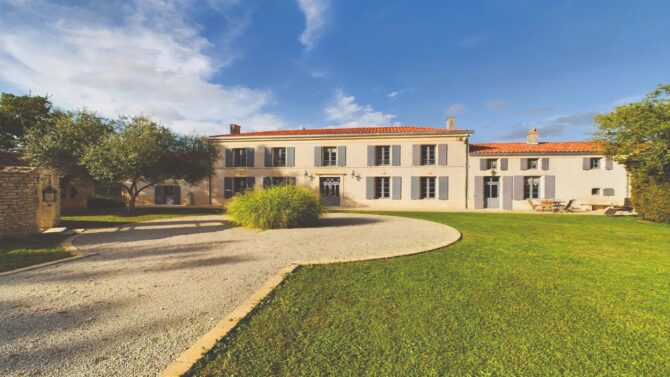
It’s good for the planet, it’s good for your pocket – energy-efficient living is moving up to the top of the wish list for a growing number of people looking to buy property in France, says Julie Savill…
Hands up anyone who enjoys paying more than they need to on household bills. No one? I thought as much. If you are embarking on the search for a place in France, it may well be that you want to consider the energy efficiency of properties or the potential to improve that in the future.
Walking around a French village, have you ever wondered where everyone is? Why every house is tightly shuttered up? A level of energy efficiency is built into the culture in France and people grow up knowing how to make the most of what nature provides. When I first moved here, we would take every opportunity to fling open the windows and shutters but we soon learned that we were just letting the house overheat in the summer. By contrast we’d often see windows wide open on a sunny winter’s morning as our neighbours gathered every bit of free heat.
Older country houses are often built with one face towards the south where it will be bathed in any available sunlight and the warmth that comes with that. Shutters and windows are opened early to take advantage of this and then closed to conserve the warmth as the sun moves around. Traditional stone properties with thick walls have their own in-built level of insulation. They take some time to warm up but, once heated, those walls tend to act as a storage heater, retaining the warmth and keeping you cosy. However, even with those chunky stone walls, there are other elements to take into consideration. Windows are often single glazed, lofts uninsulated, old wooden floors and doors can be draughty.
If you are looking for a property to use simply as a summer bolthole then none of this is likely to impact on your choices particularly. However, if you are aiming for year-round use, there are steps you can take – either in your initial property selection or in improvements you make following your purchase.
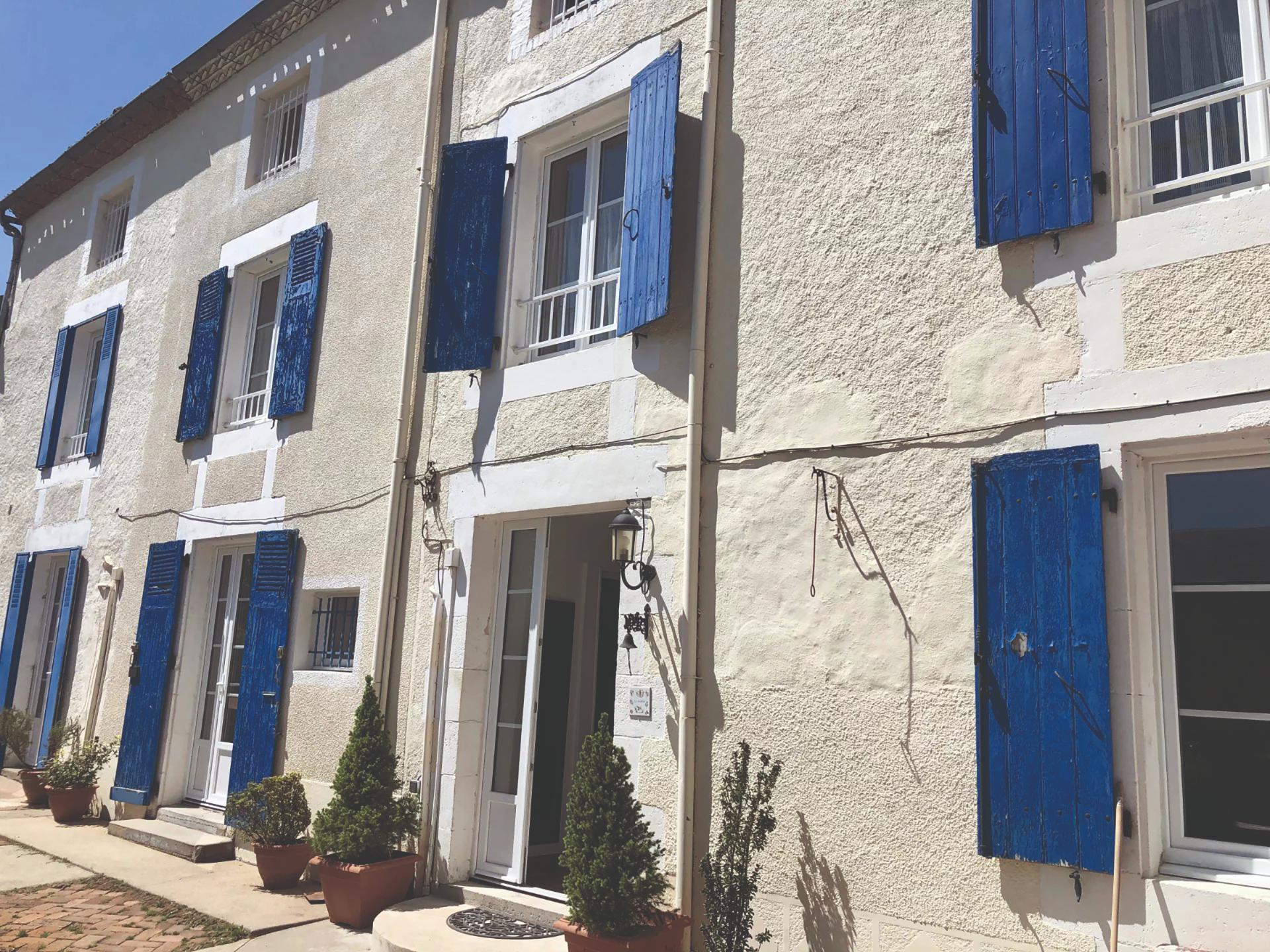
Photo: Julie Savill
THE STYLE FACTOR
For a considerable proportion of people, a traditional stone property with old-fashioned charm is the dream; it certainly was mine. Fast-forward a few years and I would happily consider a purpose-built, more modern house with far better insulation, double (or even triple) glazing, along with effective heating.
For those seeking the balance between traditional charm and energy efficiency, a village house could be a good solution. In a terrace, you have far less outside wall space so you are automatically more insulated. Couple that with fewer windows and the fact that villages and towns are generally a degree or three warmer and it’s easy to see that your energy use should be lower.
CUT YOUR COSTS
Whatever house you have, there are plenty of options for cutting fuel consumption and cost.
- Loft insulation is quick and relatively simple (and inexpensive) to install and will make an instant difference.
- Upgrading windows is more of an investment and will take longer to pay you back. It is more of an earth-friendly and moral win in the shorter term.
- Solar panels or a small windmill could make a dent in your bills, supplementing grid power to your house or even heating a swimming pool.
- If you are buying a home that will become your maison principal there could be grants available for anything from insulation to solar panels, or even upgrading your heating system. As a starting point ask at your mairie for details of local schemes, which will vary from department to department or even from commune to commune. In some areas, it is the prefecture that will deal with this, but your mairie should be able to point you in the right direction.
One thing that France is blessed with is plots of land, many with outline planning permission. For less than €50,000, you could be the owner of a three-quarter-acre country plot with lovely views and the chance to build your own dream home. There are many companies now building or providing kits for passive homes that rely on insulation, solar power or geothermal power for 90% of their heating or cooling needs. The insulation can be in the form of prefabricated wooden panels, straw bales or wool, all of which provide a high level of thermal protection. Quick to build, they cost more than a traditional build, however, your annual costs will be much lower.
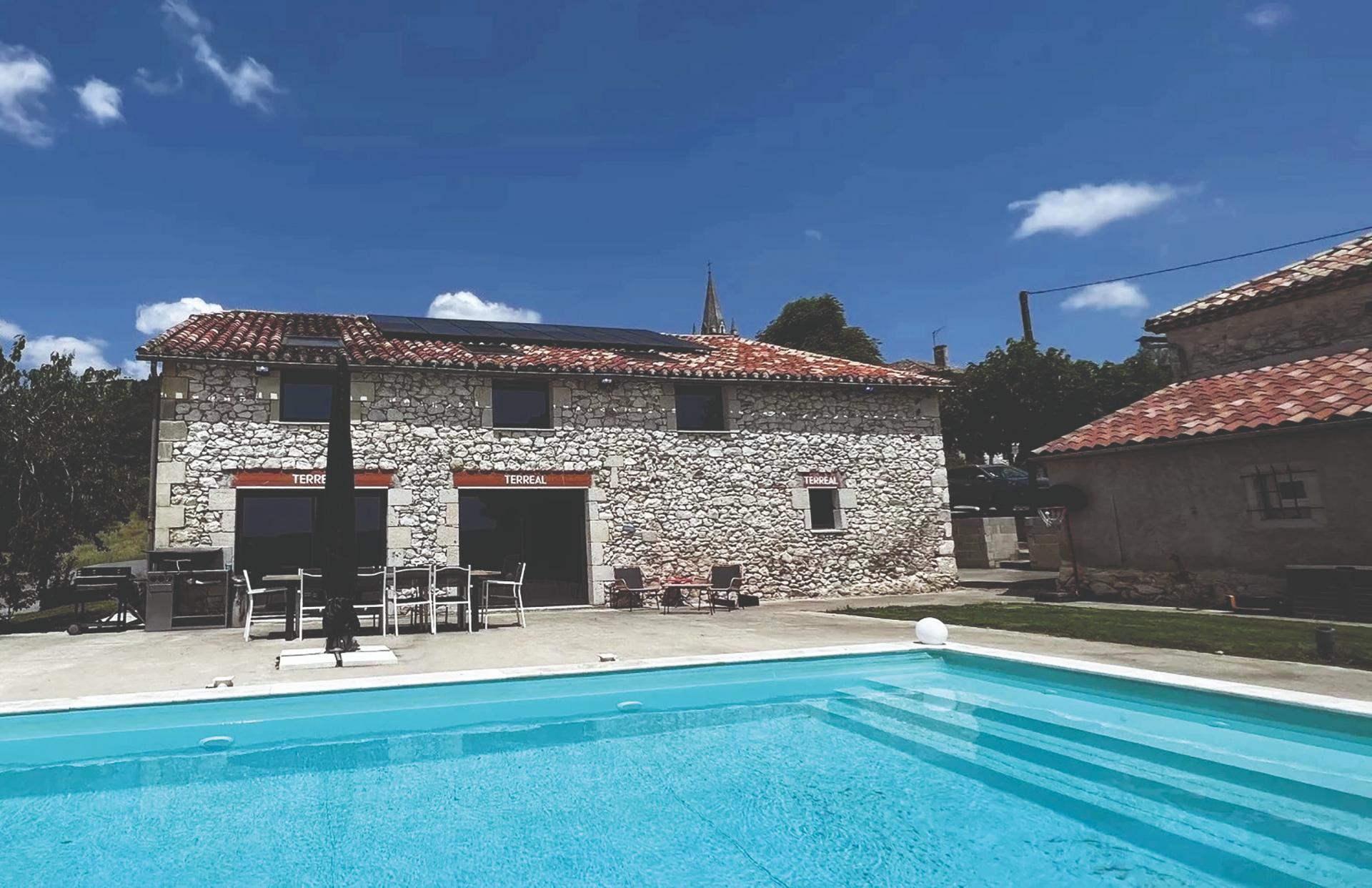
Photo: Julie Savill
THE PASSIVE OPTION
David Crews and his wife Elaine built a passive home in the Dordogne.
“Passive basically means highly insulated, airtight, enabling the inhabitants to need little in the way of either heating or cooling. The philosophy of the build is to be as kind to the environment as possible. Normally, but not always, the building is timber-framed, with the exterior wall units made to measure in a factory, and then assembled on site. This ensures little or no wastage, and, because it is lightweight, it only needs a minimum concrete foundation.
“Once assembled, the serious work begins – a lot of insulation, regulated by build requirements for passivity. In our case, the floor has three different insulation products, including a recycled one plus more for the walls and the roof.
Next is the ventilation system, ducted throughout the structure before the ceilings go on. This is an integral part of the success of passivity, vital for maintaining a healthy and comfortable environment in an otherwise airtight atmosphere. This is powered by a very low running cost, wall-mounted air-exchange unit, which sucks in filtered air, mixes it with the ‘stale’ air and expels it back out, keeping the temperature at roughly 21°C all year round. Again, the type of system used is regulated, meaning best-efficiency- constant performance over time and through winter.
The house is south-facing to allow sunlight to heat it during the winter months and it has an overhang to shade the south windows and doors from May until September. “Once the build had been completed, a government technical assessor came and tested airtightness and air circulation before granting passivity certification. Our house was given full certification, which feels like a tribute to our construction company, as many fail. We didn’t achieve the top award as we had opted to have double rather than triple glazing.
Regulation also meant we had to have a pellet burmer for those dark, sunless days when we only have our bodies and appliances like fridges to keep the temperature up. Our average annual heating spend has been €31 with no cooling cost. The air quality is brilliant, cooking smells disappear quickly and the filtered air means that we all sleep really well. “We do, on occasion, turn the system off and open the doors and windows, though it is frowned upon by the passivity community, it seems. A guy who I follow and who built the first passive house in Quebec more than three years ago has never opened up his house!
Passivity build costs are higher, but payback is maybe only five years – especially with rising energy costs. Would we do it again? Yes, absolutely!”
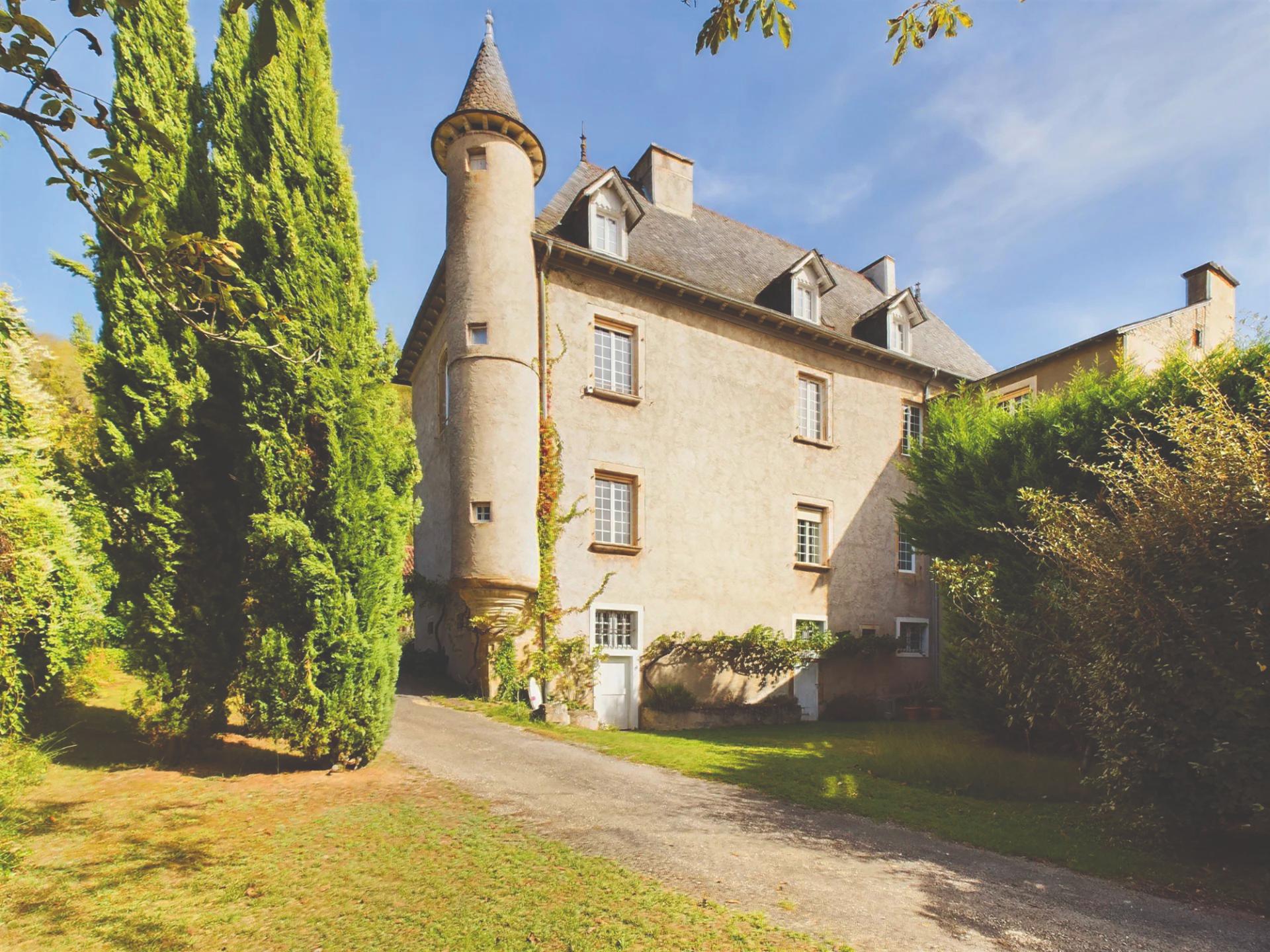
Photo: Julie Savill
HOME IS WHERE THE HEAT IS
Chloe Williams lives in the Charente and spoke to us about her comfortable home.
“We’ve lived in a solid wood ‘eco’ house since 2014. We moved from a large stone property that was heated by an oil-fired boiler and two very large woodburning stoves. When we were looking for another property, I remember arriving at this house and being met in the depths of the winter by their young daughter who was running around with bare feet on the underfloor-heated floor tiles.
Moving into a very well- insulated home with a heat exchange unit (which equally cools the floor in the summer), changed our life completely. The temperature is constant throughout the house all year round. With sunny cold days in the winter, it’s easy to be completely unaware of the real exterior temperature until you step outside. As our only source of energy is electricity, we decided to add 20 solar panels to the property, which supplies virtually all our needs from late spring to early autumn. I also have a fully electric car and the next project is to build a large carport with solar panels on the roof to supply the car.”
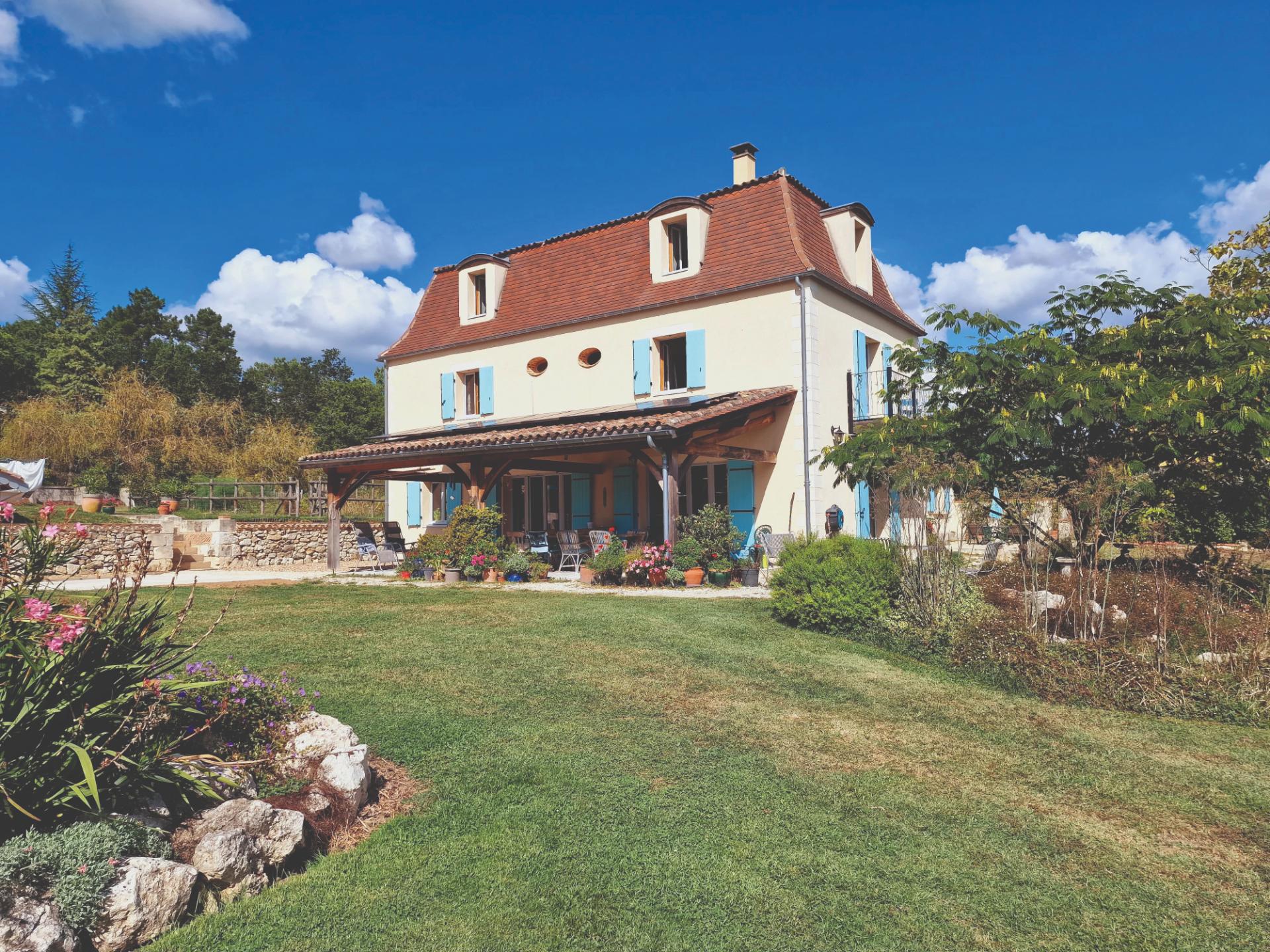
Photo: Julie Savill
WARM WOODS
Saskia Vlaskamp and her family moved from the Netherlands to southwest France, and set to work transforming a chilly home into a cosy nest.
“When we bought our house in the woods in the northern Lot-et-Garonne in the summer of 2007, we were over the moon. It was perfectly situated in an open spot surrounded by chestnut and oak trees. “Six months later, just two weeks before Christmas, we moved to this house permanently. When we arrived, temperatures were well below freezing and we quickly found out that the woodburner had a crack in the back and didn’t function at all.
“Fortunately, we had bought an energy-efficient Bekasinen woodburning stove with us that we installed straight away. This provided a good fire, but we had to sit close to it and keep warm clothes on to be completely comfortable.
“It wasn’t until a few years later that we did a full renovation of the house. The floors were insulated, a new roof installed with proper insulation and throughout the house we fitted double- glazed windows. But the magic happened when the walls were insulated from the outside with 6cm-thick blocks. This is a technique from Poland and, although it felt a bit weird at the beginning, I soon realised it was going to be a game changer. The blocks were plastered and the house now looks like new.
“On winter mornings when the sun shines in, the living room is nice and cosy. At night we still light the woodburner. The house is super comfortable. We walk around barefoot and in short sleeves. Sometimes we have to open the doors to the terrace as it’s just too warm.”
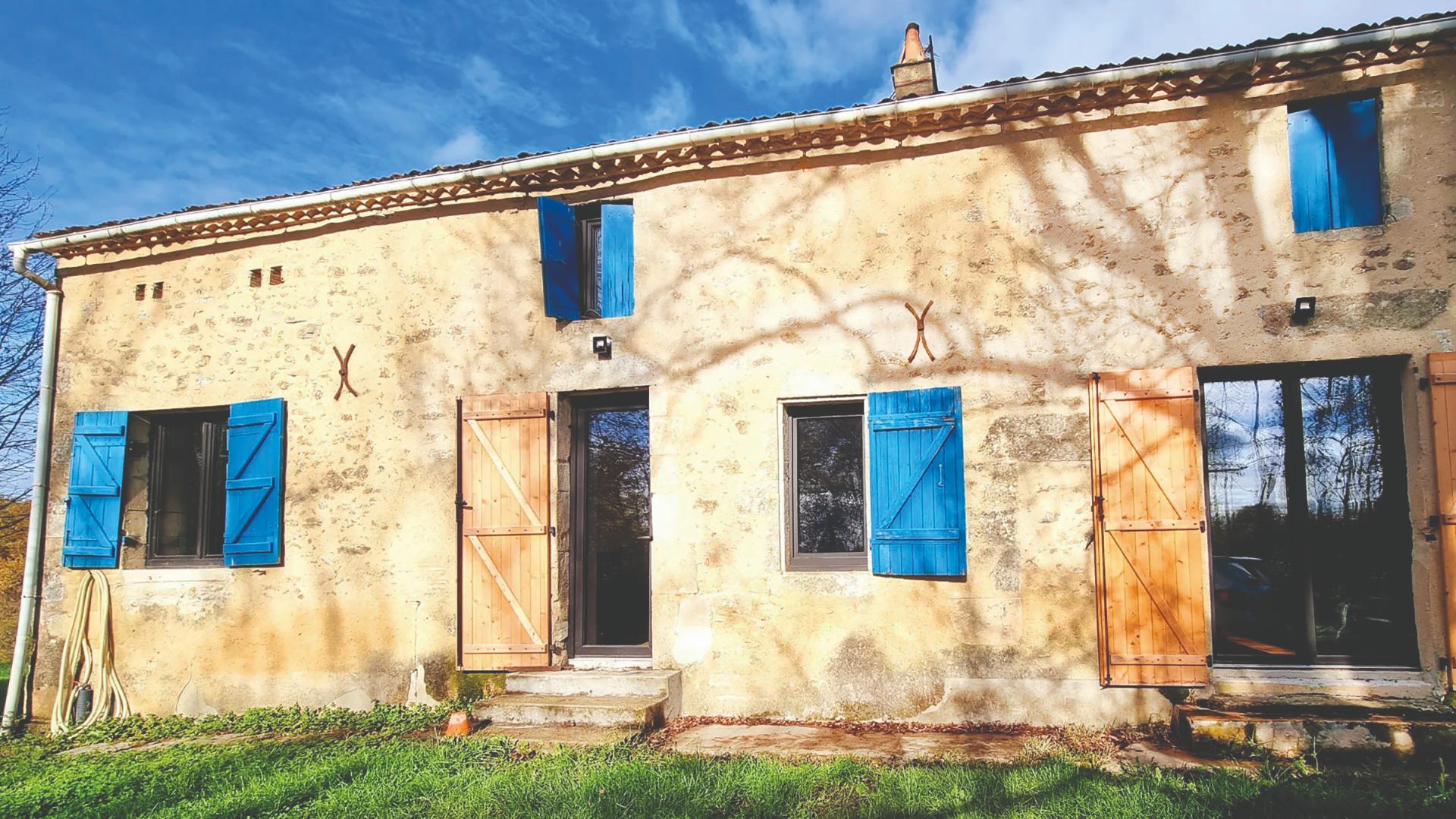
Photo: Julie Savill
Julie Savill is the Marketing Director at Beaux Villages,
Tel: 0800 270 0101 (Freephone from the UK), 0033 (0) 805 69 23 23 (France)
The unique mix of legal, financial and tax advice along with in-depth location guides, inspiring real life stories, the best properties on the market, entertaining regular pages and the latest property news and market reports makes French Property News magazine a must-buy publication for anyone serious about buying and owning a property in France.
Lead photo credit : Photo: Julie Savill
Share to: Facebook Twitter LinkedIn Email
More in energy efficiency, french property, living in france
By Julie Savill
Leave a reply
Your email address will not be published. Required fields are marked *


